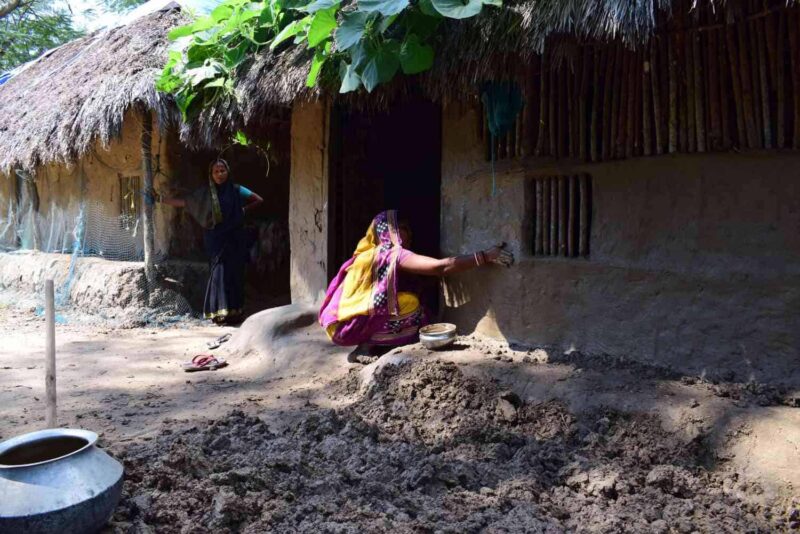In recent years, the coastal Indian state of Odisha has been severely impacted by climate change. Sea level rise along the Bay of Bengal, frequent cyclones and coastal erosion have destroyed homes and property. According to an assessment conducted by the National Centre for Coastal Research in India, Odisha alone has lost 28% of its 485 km coastline between 1999 to 2016.
Coastal communities in Odisha have faced coastal erosion for decades. A seminal study by the Indian National Centre for Ocean Information Services projected that sea levels along the Indian coast would rise from 3.5 inches to as much as 34 inches by the end of the century. In Odisha, climate change is already pushing communities more inland. But as sea levels continue to rise it is becoming increasingly difficult for residents to adapt.
Still, policymakers have mostly been slow to respond. Then, in 2018, local authorities redoubled their resettlement efforts, not long after Priya Ranjan Sahu, an Odisha-based journalist, produced a story on the state’s coastal erosion refugees with support from an EJN grant.
“In 2002, Odisha Chief Minister Naveen Patnaik officially laid the foundation for a rehabilitation colony at Bagapatia in Kendrapara District. And the administration of Kendrapara district itself took eight years to acquire the land to resettle people in five villages. Meanwhile, the sea kept on eroding the coastline quite acutely near Satabhaya,” said Priya Ranjan Sahu in an interview with EJN.
Sahu journeyed to Bagapatia, where villagers had begun to be resettled, and discovered communities still suffering. From previous reporting trips, he knew that 120 families were left homeless, yet to be relocated. Those who had moved to the new colony found it lacked basic infrastructure.
“I found that it was not just another climate change story. It was a human-centered story depicting the local life and daily struggle of coastal communities as a result of sea incursion every year on these people [in coastal populations],” he said.
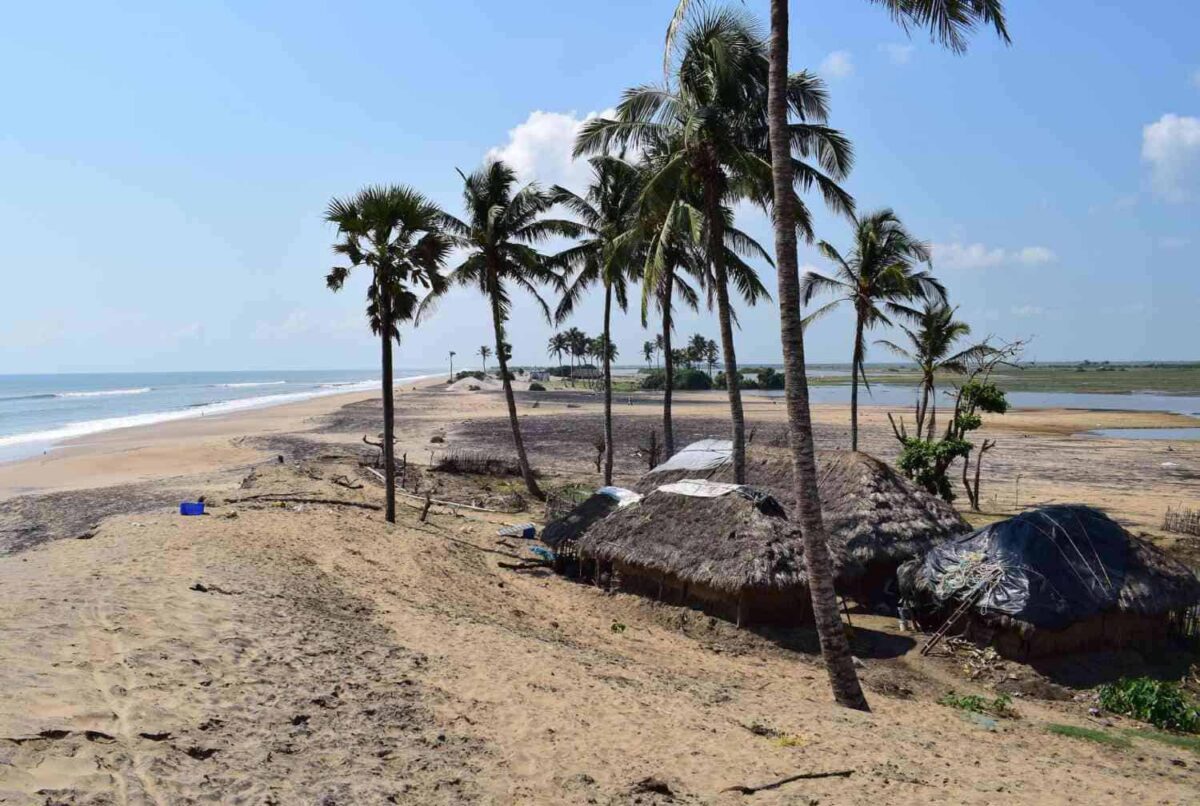
“Odisha’s sea erosion crisis has been in the news since the 1999 Super Cyclone which destroyed much of Odisha’s coastline, forcing residents to resettle on paddy fields further inland,” he said. “Being a journalist from Odisha, I had been closely studying the situation of coastal villagers for quite a while; their continuous migration and how the local government failed to rehabilitate them.”
Community elders would recount that life began to change much earlier, when a devastating cyclone in 1971 wiped seven coastal villages off the map. The few villagers left behind moved farther from the coastline and gradually, five new settlements were formed. One of these was Satabhaya in Kendrapara district which translates to ‘seven brothers’ in Odiya, named in memory of the seven villages lost to the encroaching sea. Unfortunately, by 2011 these five villages too were engulfed – what was left of Satabhaya was no longer conducive to habitation. Sahu said that NGOs and local journalists like him ensure that this crisis continues to receive coverage in Odiya media.
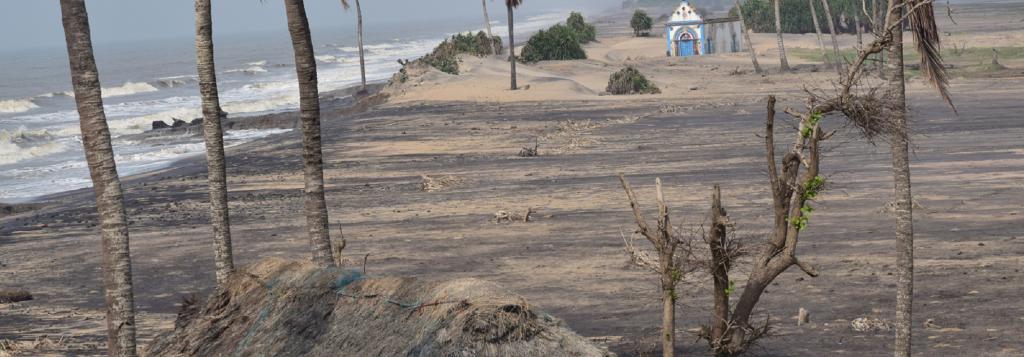
His story highlighted the continuous struggle of villagers who had lost 10–15-acres of their agricultural lands to the sea and had only been provided plots of 400 square meters and 1.35 lakhs to build new homes in Bagapatia.
In 2018, when Sahu revisited the colony for the EJN story, he saw that most families in Bagapatia could not find any livelihood opportunities there, and kept returning to what remained of Satabhaya village to graze their livestock. They told Sahu there is barely any grassland left for their animals to feed on because of the high soil salinity. The slow migration to the Bagapatia colony continues today. However, when Sahu’s story was published in December 2018, it stirred a constructive dialogue among policymakers in the state government.
In early 2020, Sahu learned from other local journalists and district administrations officials that the state government official had ordered the district collector he had interviewed to improve the infrastructure in the colony and build structures like a school, a primary health center and roads, as well as ensure the supply of drinking water and electricity in the rehabilitation colony of Bagapatia.
Sahu acknowledged the EJN grant helped him highlight the plight of coastal refugees to local policymakers in 2018. Although the issue garnered attention in Odiya media and regional newspapers, his stories, published by English media platforms such as Scroll and Down To Earth, likely helped drive lawmakers to action. Sahu says it was the combined effort of local journalists who produced several follow-up stories that made it difficult for authorities to continue to avoid the situation.
“One story [alone] cannot bring the impact we wish for — there has to be a collective of local journalists repeatedly following up until it creates a snowball effect to create change,” he said.
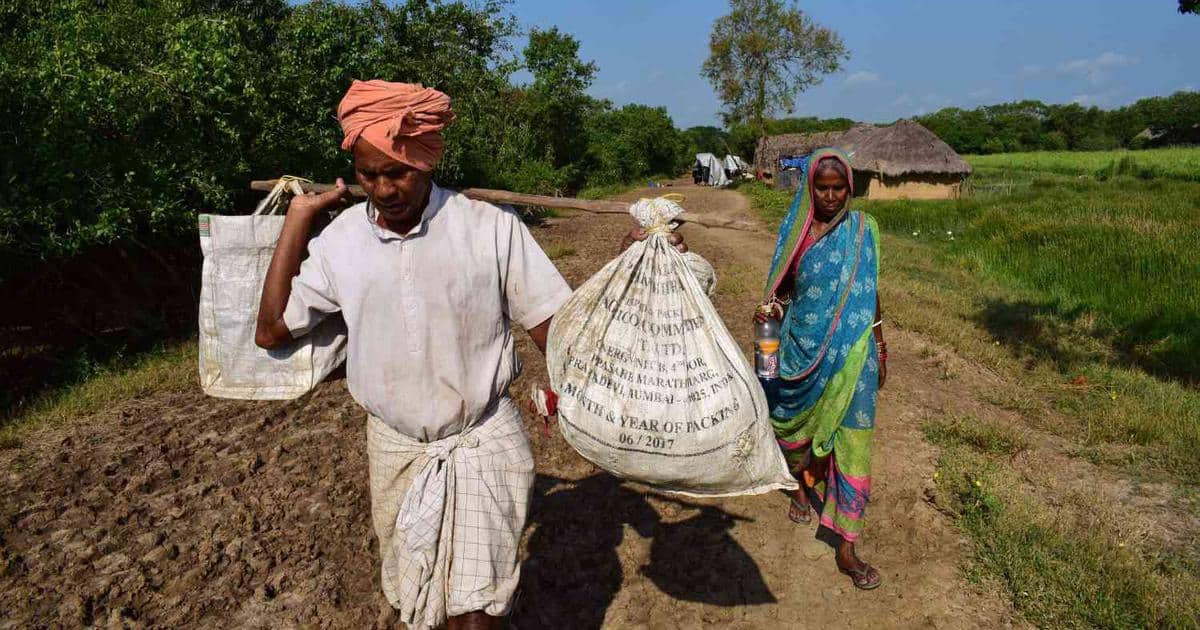
“Today, Bagapatia colonies have better infrastructure – they have a fair supply of electricity and water, and they also have a tube well in the colony,” said Ashis Senapati, a local journalist from Kendrapara District, who spoke to EJN about the ripple effects of Sahu’s report.
“Most of the families have since been relocated to Bagapatia, with 85 families relocated in the last two years,” said Senapati. Sahu agreed; he said the local government is making an effort to improve the existing infrastructure and has raised some concrete structures to address the enduring issue of waterlogging in the colony, which is built over swampland. “After his story and multiple other regional stories on the same issue had surfaced, we were actively in touch with the district officials and other local NGOs who advocated for the resettlement issue for years. Last year in 2020, a meeting was organized by the Odisha State Disaster Mitigation Authority in collaboration with local NGOs such as Aaina and Water Initiatives Odisha where they discussed resettlement plans for the remaining families to Bagapatia Colony and the need to build basic infrastructure as well as structures to mitigate the sea’s in[cur]sion and strengthen resilience,” said Senapati. Various “coping mechanisms for forthcoming disasters” were also discussed. Finally, perhaps, coastal communities in the region can begin to heave a sigh of relief.
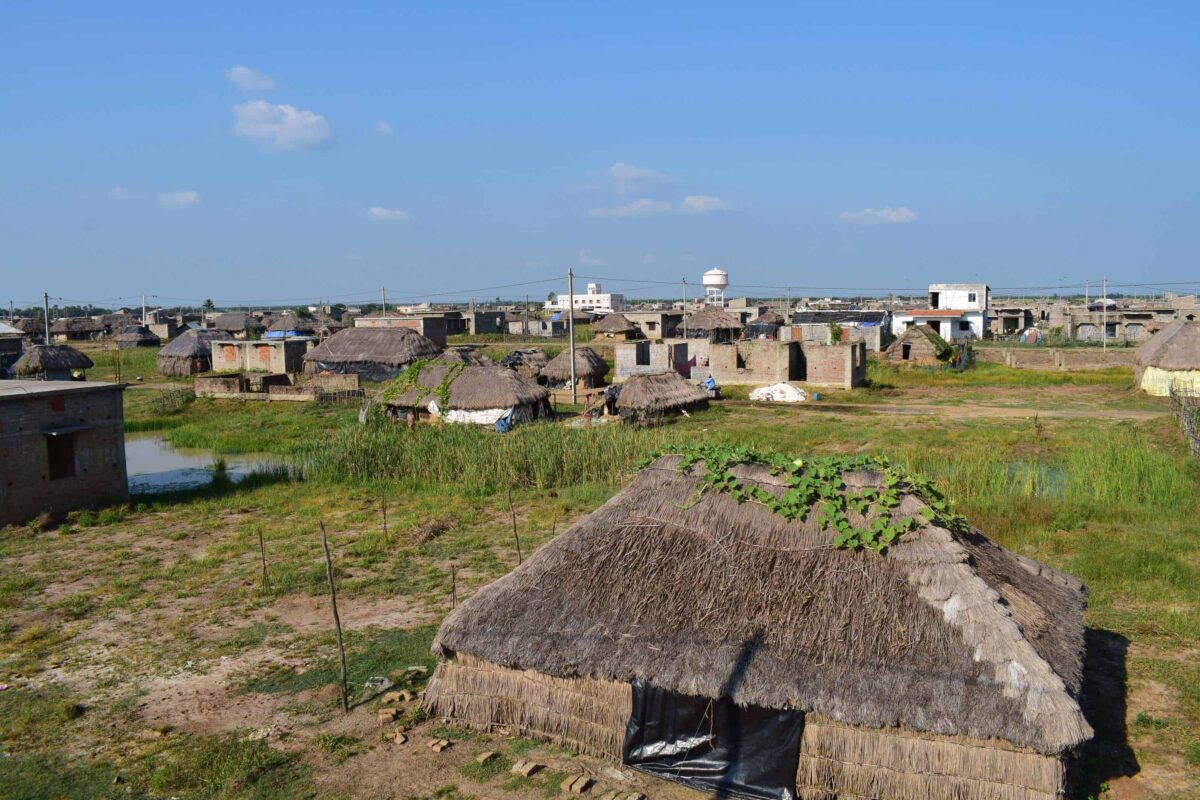
Besides these two impactful stories on coastal sea erosion, Priya Ranjan Sahu produced another story with support from EJN’s Bay of Bengal story grant – on the water crisis in Puri. This story, too, resulted in action by policymakers.
In his report, Sahu highlighted how rapid construction and encroachment in Odisha’s main tourist hub was siphoning off the city’s water supply. The State Public Health Department (PHD) officials also feared that Puri would exhaust its water resources in a decade if it continued to draw on only two aquifers (Baliapanda and Talabania). More than a decade in the making, the government’s Rs 300-crore project to build a freshwater reservoir on the outskirts of Puri had failed to pipe water to most homes, Sahu reported. When his story surfaced, it reinvigorated Odisha government’s decision to create a large lake to harvest rainwater for drinking purposes as part of its larger ‘Puri Redesign Plan’.
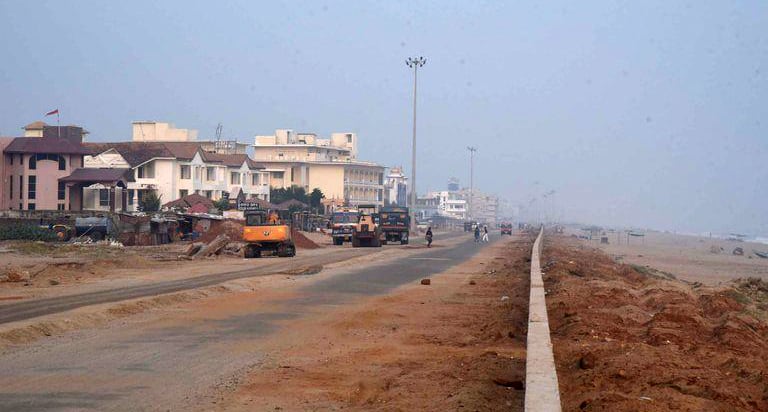
Now, the government draws water from the Bhargavi river flowing near the town. The water is then channelized to a reservoir and then sent to a treatment plant at Samanga. There, it goes through several processes including chlorination before being sent through a network of pipes to 250,000 people. “Right now, people are receiving clean drinking water in their homes 24/7, but how long is it going to continue? The Bhargavi river has begun to run dry for most of year,” said Sahu, who will continue to cover the issue.
